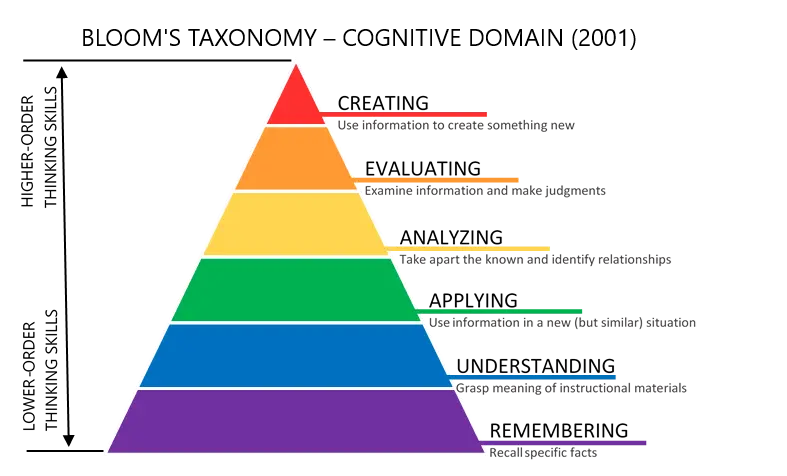Outcomes are concise statements that focus on the critical functions, services, and processes that influence customer satisfaction, student success, and support services. They describe what the audience will experience, receive, or understand as a result of a department’s activity, service, or process. Outcomes may clarify the desired quality or performance of services, or the level of understanding, skills, or awareness that will be achieved.
When writing an outcome statement, consider the actions your department will take to accomplish the goal. Think about the type of learning or engagement that must occur to support the goal and how it can be observed or measured.
Writing Outcome Statements
Audience
Define the audience – identify who will be impacted by or involved in the activity, service, or process.
Examples: “Students who attend The Leadership Series,” “Parents,” “External Stakeholders,” “Faculty”, “Staff”
Action Phrase
Choose an action word/phrase. What is being learned – knowledge, skill, attitude?
Example: “will be able to identify”
Learning Statement
Learning Statement – Under what conditions will learning occur, and what level of understanding, skill, or awareness should be achieved.
Example: “leadership theory in a professional environment”
Examples
“By the end of The Leadership Series, students will be able to apply effective leadership theories in professional work environments, demonstrating understanding.”
“By the end of the academic year, first-generation students with limited prior academic success will engage in targeted support services, resulting in measurable improvements in academic performance.”
“By the end of the academic year, internal and external clients will report increased satisfaction with research office services.”
“By the conclusion of orientation, parents will accurately identify and explain the resources available for student intervention and safety.”
Tips for Writing Outcomes
- Be sure that outcomes are precise, specific and clear statements that tell the intended accomplishments.
- Each goal should have two to three supporting outcomes.
- Use Bloom’s Taxonomy to help determine the appropriate level of learning or engagement for each outcome.
Bloom’s Taxonomy – Cognitive Domain (2001)
Bloom’s Taxonomy is typically depicted in a pyramid shape to show the foundational relationship of lower-order thinking skills building up to higher-order thinking skills. The following levels of Bloom’s Taxonomy are listed from higher-order to lower-order thinking skills:
- Creating – Use information to create something new
- Evaluating – Examine information and make judgements
- Analyzing – Take apart the known and identify relationships
- Applying – Use information in a new (but similar) situation
- Understanding – Grasp meaning of instructional materials
- Remembering – Recall specific facts
